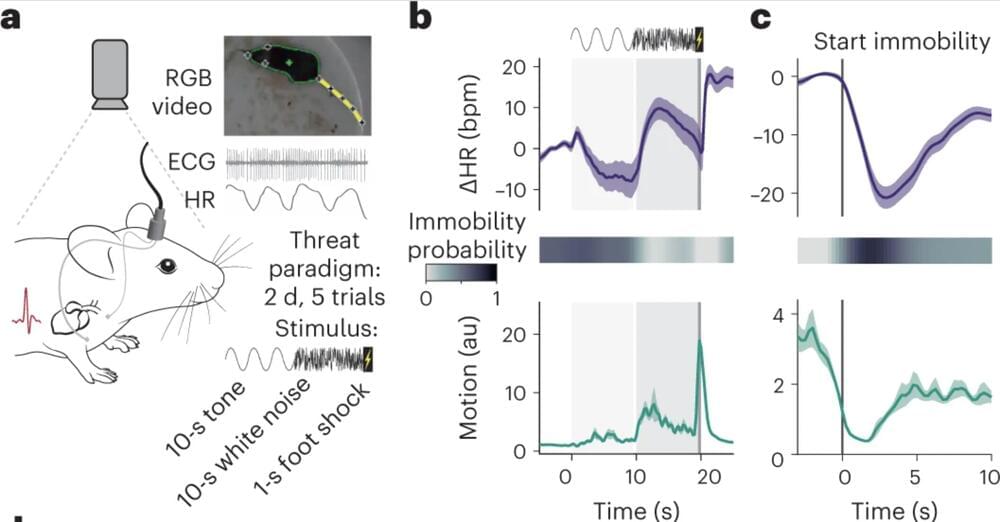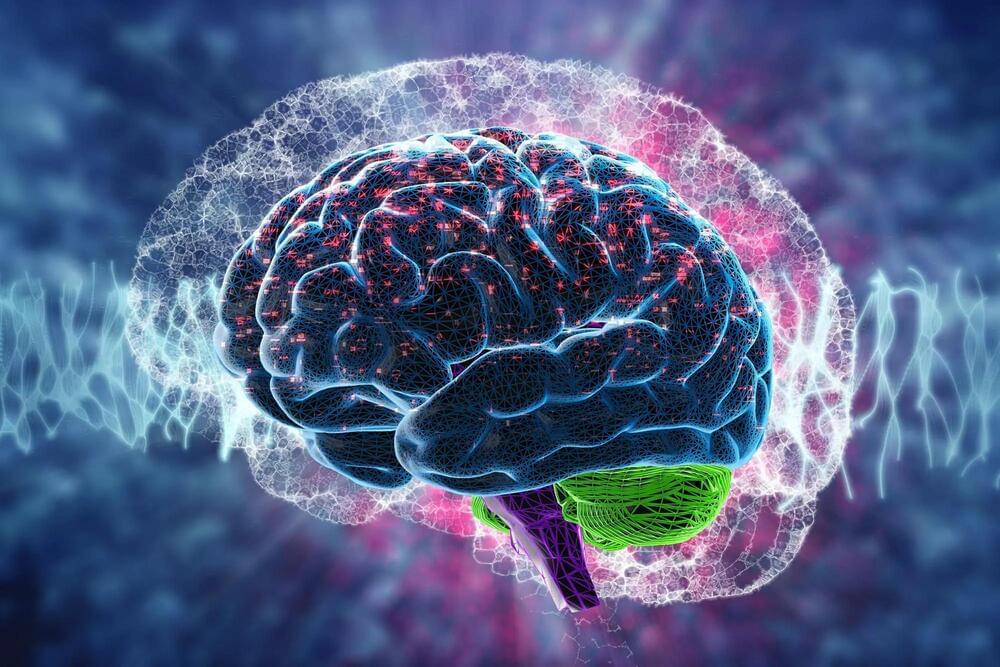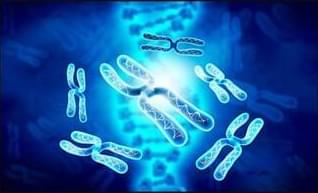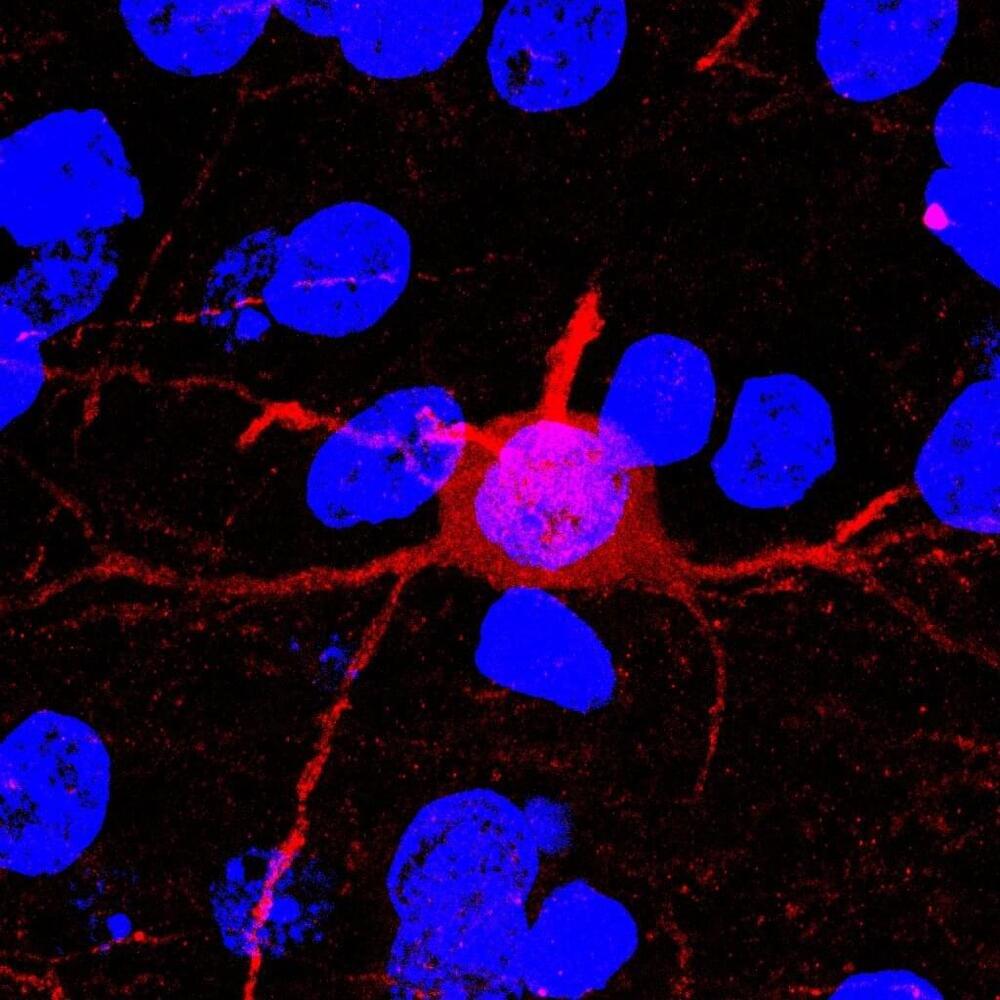It’s not only body forms that evolve independently, but also organs and other structures. Humans have complex camera eyes with a lens, iris and retina. Squid, and octopuses, which are molluscs and more closely related to snails and clams, also evolved camera eyes with the same components.
Eyes more generally may have evolved independently up to 40 times in different groups of animals. Even box jellyfish, which don’t have a brain, have eyes with lenses at the bases of their four tentacles.
The more we look, the more we find. Structures such as jaws, teeth, ears, fins, legs and wings all keep evolving independently across the animal tree of life.







